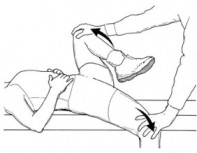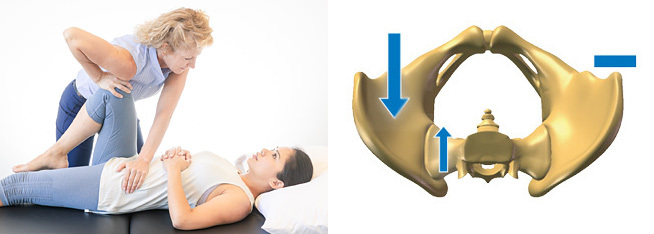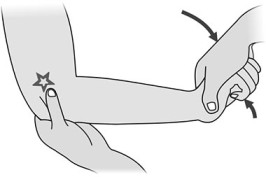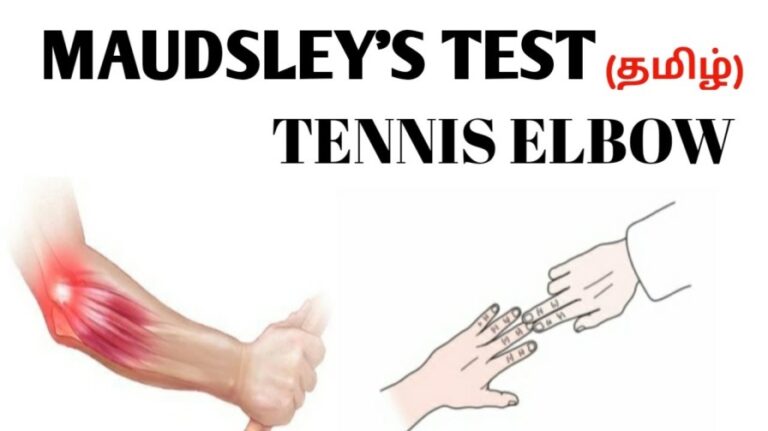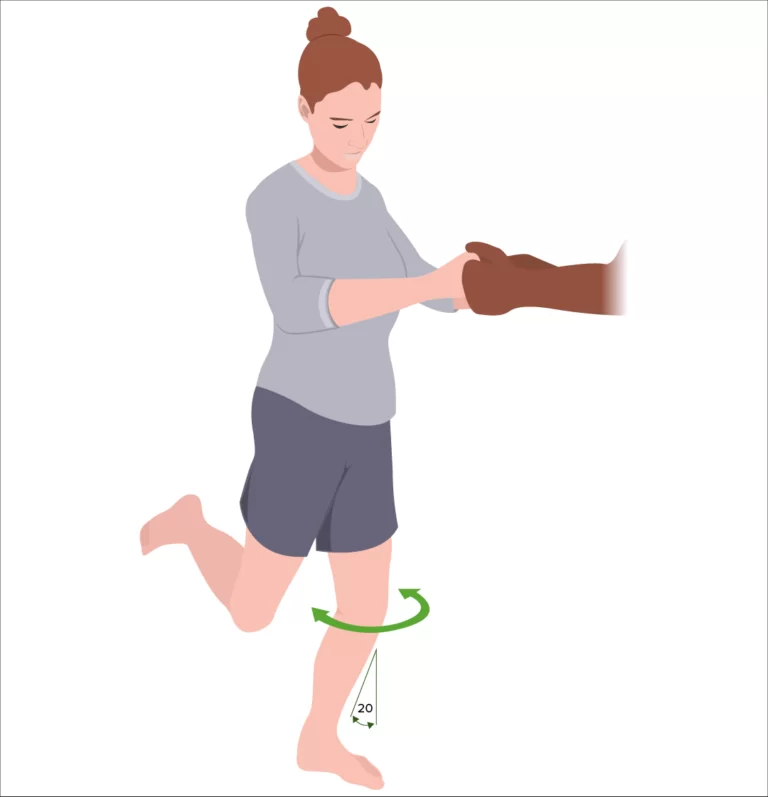Gaenslen’s Test:
- It is also known as the Gaenslen’s maneuver.
- This test is one of the 5 provocation tests which is used to detect the musculoskeletal abnormalities & inflammation [ primary-chronic ] of the lumbar vertebrae & the SI joint.
- Another test is included in Distraction Test, Sacral Thrust Test, Compression Test & Thigh Thrust Test.
- This clinical prediction rule of the three / more positive provocation tests which is provoking the familiar back pain& non-centralization of pain, which is a useful tool to identify patients who have to SIJ = sacroiliac joint pain so that some other of the painful condition.
- Diagnostic accuracy of the composites of the SI joint tests improves when the interpretation is confined to back pain patients.
- Which symptoms are not made to ‘centralize’ with the repeated movement of testing?
- Centralization is highly specific for discogenic pain & positive SIJ tests in these patients have to be ignored.
What is purpose of the Gaenslen’s Test?
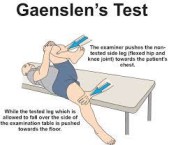
- This Gaenslen’s Test is used to check the SI joint lesion, hip pathology, or an L4 nerve root lesion.
How do you perform the Gaenslen’s Test?
- The patient lies on the side with the upper leg hyperextended at the hip joint.
- The patient holds the lower leg flexed against the chest.
- The examiner [ therapist ] stabilizes the pelvic while extending the hip joint of the uppermost leg.
What is result of the Gaenslen’s Test?
- Pain indicates a positive test.
- The pain may be caused by an ipsilateral sacroiliac joint = SI joint lesion, hip pathology, or an L4 nerve root lesion.
Other technique of performance of the Gaenslen’s Test:
- Sometimes this Gaenslen’s Test is done with the patient supine, but this position may limit the amount of hyperextension available.
- The patient is positioned so that the test hip joint extends beyond the edge of the table.
- The patient draws both legs up onto the chest & then slowly lowers the leg into extension movement.
- The other leg is tested similarly for comparison.
- If the patient feels pain in the SI joint [ sacroiliac joint ] is indicative of a positive test.
What is Evidence of the Gaenslen’s Test?
- Specifically, Gaenslen’s test indicates the presence/absence of an SIJ = sacroiliac joint lesion, instability of pubic symphysis, pathology of the hip joint, & a lesion of the L4 nerve root.
- This test is also given to stress on the femoral nerve.
- But This Gaenslen test is often used for spondyloarthritis, sciatica & other forms of rheumatism in SIJ = sacroiliac joint.
- Sensitivity of the Gaenslen’s Test = The positive test possibility resulting in the someone patient with the pathology
- Specificity of the Gaenslen’s Test = The probability of a negative test resulting in someone without the pathology
- Positive Likelihood Ratio (LR+) of the Gaenslen’s Test = The positive test ratio of a result in the people with the pathology of the positive test result in the people without the pathology.
- Negative Likelihood Ratio (LR-) =The ratio of a negative test result in people with the pathology to a negative test result in people without the pathology.
- Reliability of the Gaenslen’s Test = Likelihood of the results from the test to be reproduced again.

